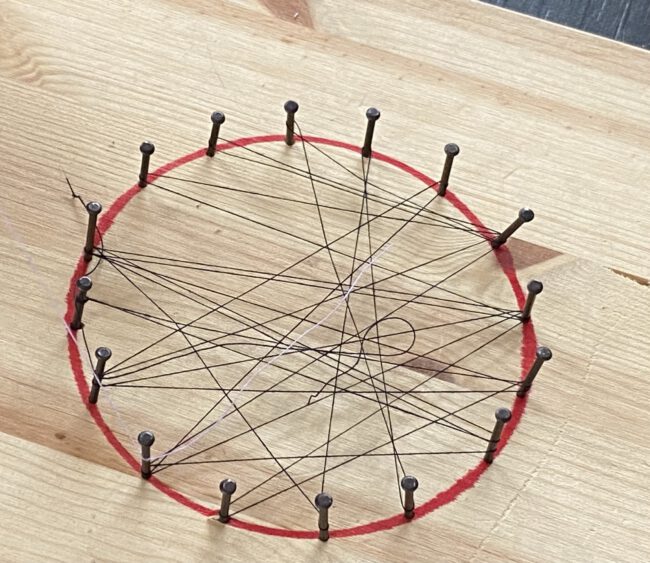How to fix android.view.InflateException: Error inflating class fragment
I got the error E/AndroidRuntime: FATAL EXCEPTION: main Process: de.creatronix.levelup, PID: 17026 java.lang.RuntimeException: Unable to start activity ComponentInfo{de.creatronix.levelup/de.creatronix.levelup.MainActivity}: android.view.InflateException: Binary XML file line #18: Error inflating class fragment after enabling minification in my build. The issue is that with the usage of safeargs with custom objects we use the the @parcelize annotation which seems to…









